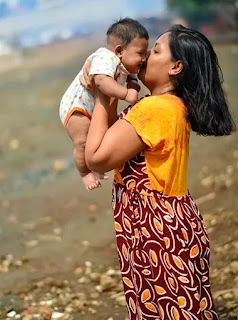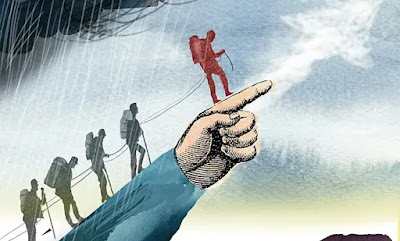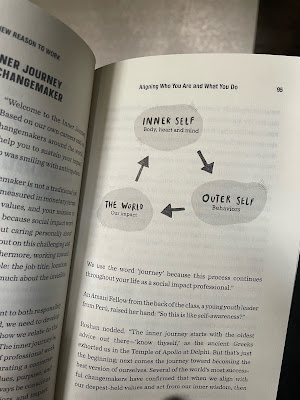It's not merely about the midmives
The Foundation for Mother and Child Health Indonesia (FMCHI) opened a huge chance for me to have a closer look at the health reality in my homeland, Nusa Tenggara Timur province, Indonesia. I worked with them for the last 2 years as a Media and Communications Officer. I interacted with many people; some of them are pregnant mothers who struggle with health access, malnourished children, and midwives who are still far from a prosperous life.
I still remember vividly some midwives I met; I interviewed them in order to produce content. One of them is Bidan Eta. Bidan, in Indonesia, means midwife. In short, their name follows after the appellation. Bidan Eta is one of the assisted midwives of FMCHI, as well as their local partner in implementing programs in Fenun village. She has been a midwife, at least for the last 10 years. “This is not an easy path," she claimed.
Fenun is one of the rural areas in Nusa Tenggara Timur that has a wild challenge in access. Bidan Eta served up to 10 pregnant mothers who lived far away from each other. Oftentimes, Bidan Eta should come visit them, conduct pregnant classes, and run the regular antenatal care. And all of the things she was doing, she did by herself. Another thing that broke my heart was the very low incentive. Not to mention, the local government pays it every three to six months. How pathetic. Sometimes, I felt like I did not deserve to get paid way better than them, compared to their effort for the community.
 |
| Credit to: Madison Women's Health |
Bidan Eta’s story is one piece of health workers’ reality in the field. In fact, I would say that health workers such as midwives (including primary health care), particularly in rural areas, play a significant role in ensuring a better health ecosystem from the root. In 1975, the WHO Executive Council proposed seven principles that governments should follow to improve the quality of healthcare. One of them is “providing an environment that supports health efforts closest to the community.” In many rural areas in Indonesia, such as my homeland, that environment is still in progress and mostly focuses on surface things. For example, in order to tackle stunting, supplementary feeding (Pemberian Makanan Tambahan)—which is good—has always had a solution from time to time instead of focusing more on the macro lens: the policy and solid programs regarding a better health environment. Additionally, the Indonesian government allocated 1.2 trillion IDR in 2023 and will allocate 1.9 trillion IDR in 2024 for supplementary feeding. What a big budget!
From my perspective, to combat that challenge, we should think and act holistically. One of them is related to a midwife, one of the important health workers in rural areas. Let’s head back to stunting. The period of 1000 first days of life (1000 Hari Pertama Kehidupan) is the crucial period for a child. A midwife—again in rural areas—can be a bridge to ensure that the first period of life goes smoothly. However, it cannot be an optimal job if all the midwives' situations are just like Bidan Eta’s: overload and underpaid.
 |
| It's not a joke. This is the food from the supplementary feeding budget that my nephew got from the Health Ministry when they came to do the anthropometry. September 2023. |
 |
| However I do not deny that there's some wise spending from the budget. But still... Credit to: FMCHI in SoE, 2019 |
Thus, I just imagine if the government can be more holistic, both from a micro and macro lens. Be wiser about budget allocation, health worker provision and capacity building, and public healthcare integration; I truly believe public health issues such as stunting can be easier to tackle.
Thailand and Brazil can be some examples of how the government maximizes healthcare services. As cited on cisdi.org, in 2016, Thailand became the first Asian country to successfully eliminate mother-to-child transmission of HIV. On the other side, Brazil optimizes the role of health cadres through a program called Saude da Familia (Family Health Program). Basically, they formed a team consisting of doctors, nurses, and four to five health cadres. These teams are organized in district-level health facilities, serve around 3,000–4,000 people in each area, and have successfully assisted 65% of the Brazilian population.
Aside from the fact that this story is really close to me, I discovered that health is a fundamental human right for anyone. Thus, I really want to take part (even though in a tiny spot) to ensure that the community around me (and including me as well) gets the right. It is not an easy path, like Bidan Eta said, but worthwhile to try and not impossible to achieve.



Komentar
Posting Komentar